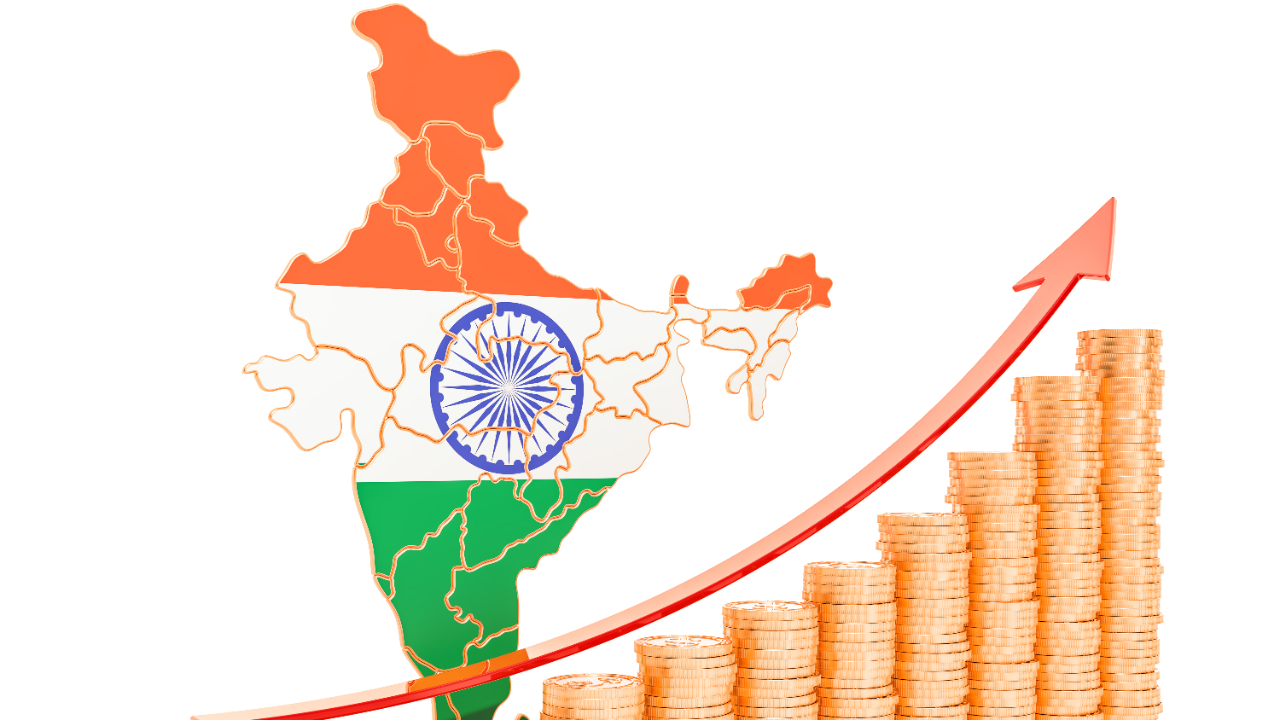India’s economic growth rate from July to September decelerated to 6.3% when Covid-19 suspensions were terminated. However, the central bank introduced repo rates to intercept inflationary pressure in the middle of inefficient manufacturing sectors. According to a press release, Real GDP at (2011-12) Constant Prices as of Q2 2022-23 is gauged at ₹38.17 lakh crore, in contrast with ₹35.89 lakh crore as of Q2 2021-22, demonstrating an increase of 6.3 % differing from 8.4 % as of Q2 2021-22.”

According to a survey, the GDP reading from July to September stalled from a sturdy growth of 13.5 % in April-June, benefited by a base effect the same as a period in 2021 that witnessed activities ruined by pandemic-control limitations. The second quarter growth was likewise delayed from an 8.4 % increase in the year-earlier period.

The manufacturing sector reduced by 4.3 % in the July-September quarter, in contrast to the 5.6 % expansion in the earlier quarter. The farm sector rose by 4.6 % higher as compared to 4.5 % growth in the first fiscal quarter. The State Bank of India projected that an inefficient manufacturing sector, along with the steep margin compression, might lead it in the descending direction.
The contact-intensive industry, comprising tourism, trade, & hospitality, saw a 14.7 % growth in contrast with 9.6 % in the same period of the last fiscal.

The mining industry shrank excruciatingly by 2.8 %, contrasting with the 14.5 % expansion a year before. The construction division recorded a 6.6 % growth in July-September. Economists and analysts had fixed GDP growth for the second quarter in the coverage of 5.8 % to 7.2 %, stating the economy will get back to ‘normal’ growth and deliver signals on the economy’s health in the face of the global financial crisis. The Reserve Bank of India (RBI) had fixed the growth for July to September at 6.1-6.3 percent.









